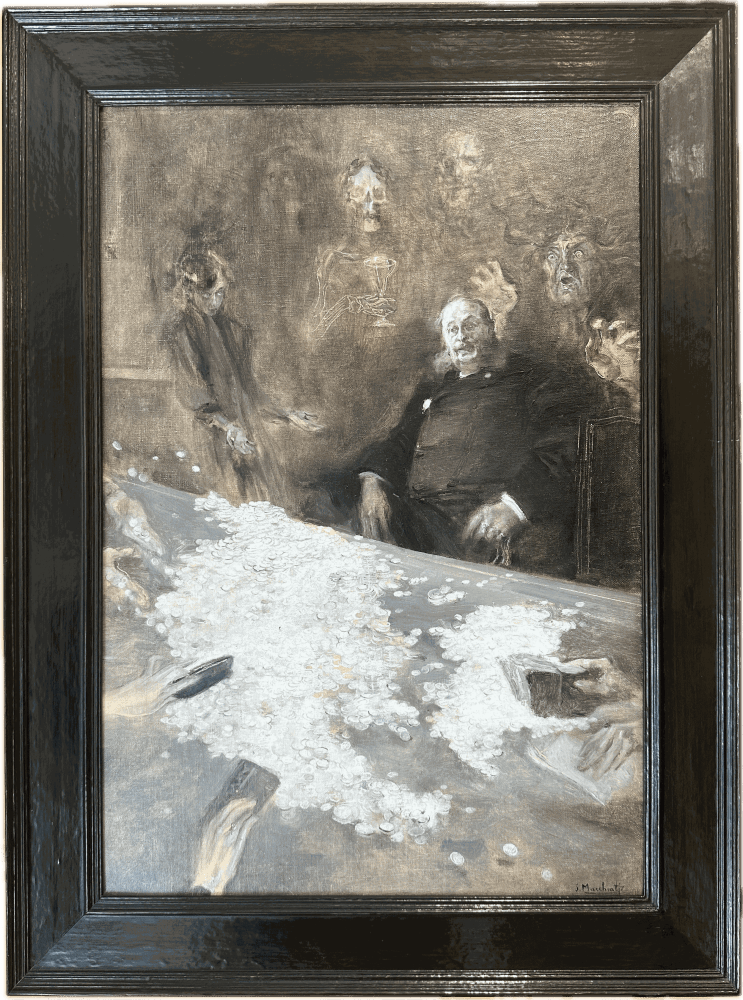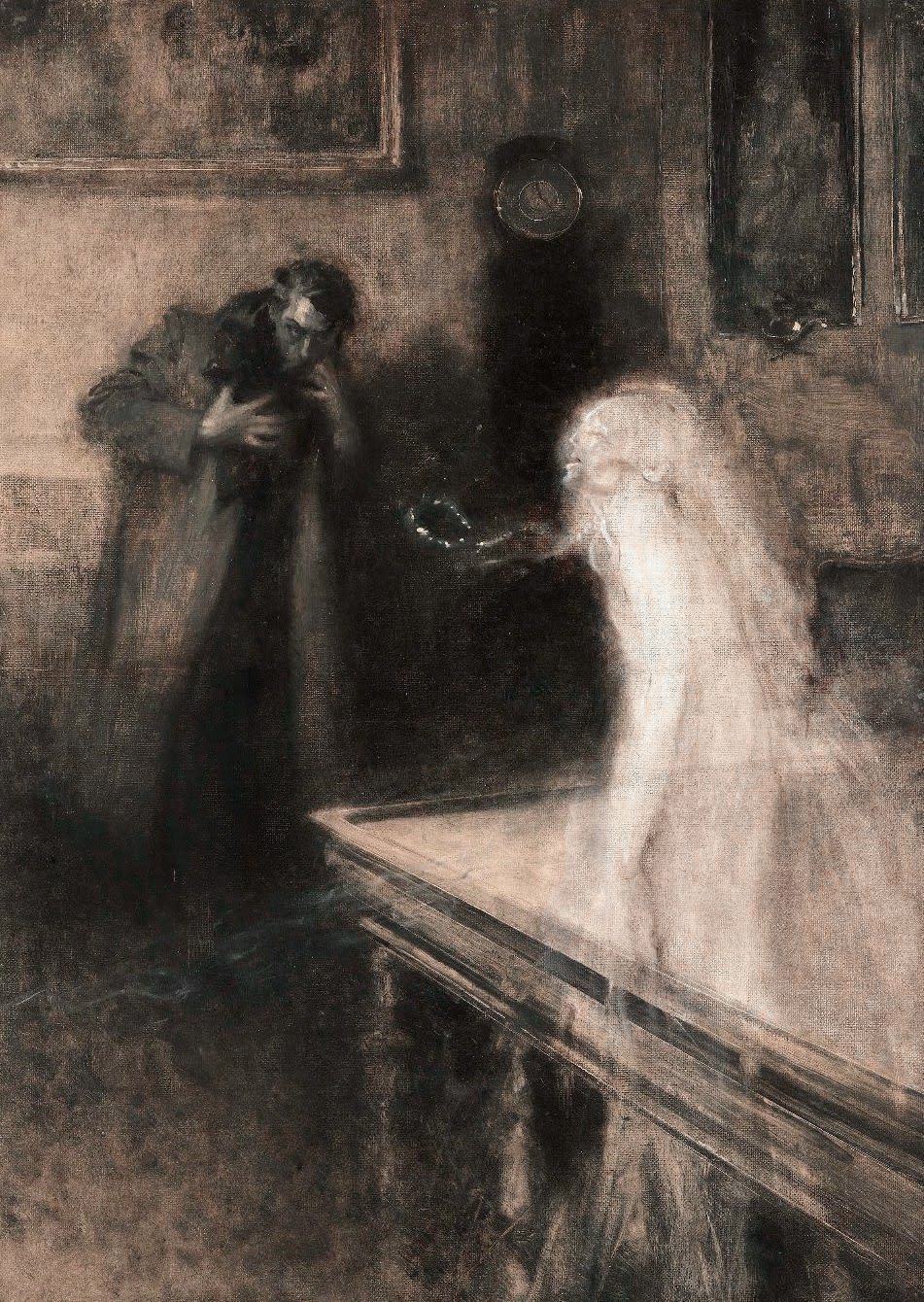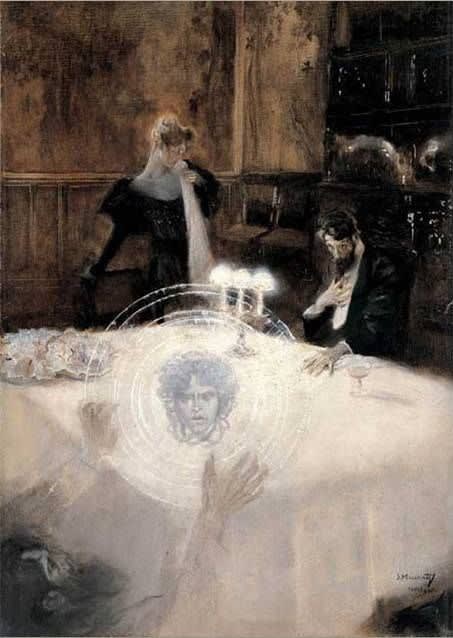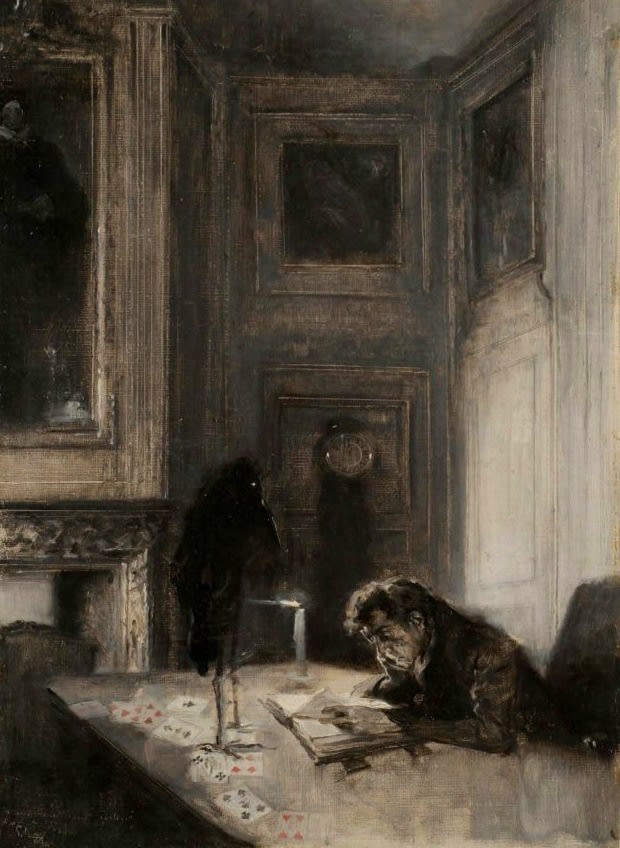Bortolo Sacchi
Coro (Chorus), 1932


Serafino Macchiati: Moi et l’autre. Le frontiere dell’impressionismo tra euforia Belle Epoque e drammi della psiche, curated by Francesca Cagianelli and Silvana Frezza Macchiati, Pinacoteca Comunale Carlo Servolini, Villa Carmignani, Collesalvetti (Livorno), 9 November 2023 – 29 February 2024.
Boccioni. Prima del Futurismo. Opere 1902-1910, curated by Virginia Baradel, Niccolò D’Agati, Francesco Parisi, Stefano Roffi; Dario Cimonelli Editore, p. 153, p. 245.



Subscribe to our newsletter to receive all the news about exhibitions, fairs and new acquisitions!